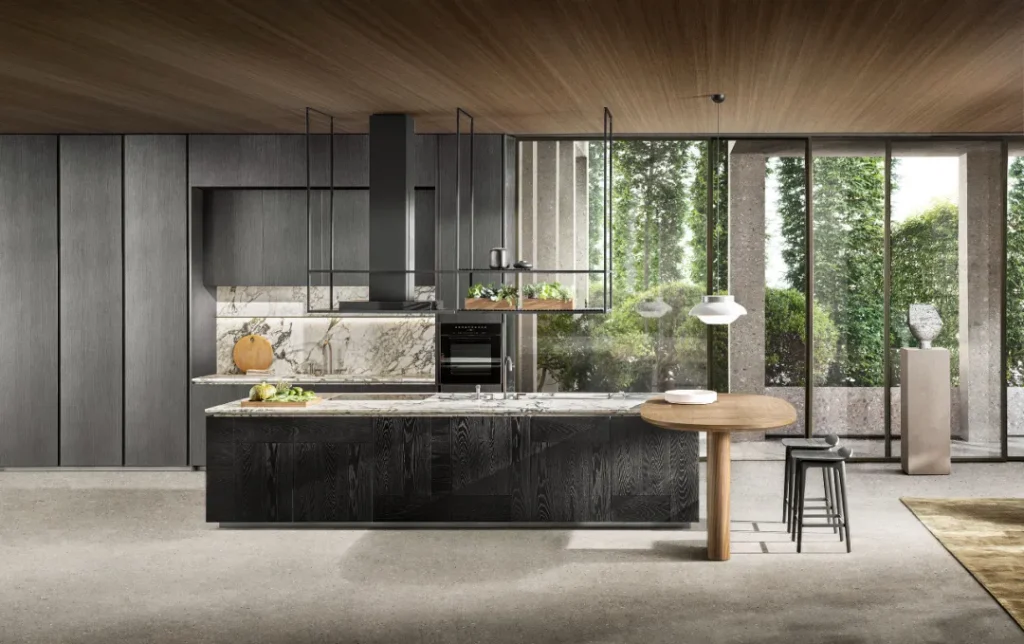Poul Henningsen Style Lamp: A Timeless Icon of Scandinavian Design

Introduction
If you’re into Danish design, you’re probably familiar with Poul Henningsen’s creations. He is a legendary Danish architect and designer who has left his imprint on the world of lighting design. Among his most celebrated works is the PH Lamp, which has become an icon of Scandinavian design. This article will explore the history and design of the Poul Henningsen Style Lamp.
The Birth of the PH Lamp
The PH Lamp, also known as the PH Pendant, was designed by Poul Henningsen in 1926. At the time, Henningsen was working for a company called Louis Poulsen, which was founded in 1874 and is still in operation today. The company’s mission was to create lighting fixtures that were functional, aesthetically pleasing, and affordable. Henningsen’s design for the PH Lamp was in line with these principles.
The Design of the PH Lamp
The PH Lamp is a pendant lamp that is suspended from the ceiling. It has a distinctive design that sets it apart from other lamps. The lampshade is made up of multiple layers of metal discs that are arranged in a spiral pattern. The idea behind this design was to create a lampshade that would eliminate glare and distribute light evenly. The layers of metal discs diffuse the light, creating a soft, warm glow.
The lampshade of the PH Lamp is also adjustable, which means that you can direct the light to where you need it most. The lampshade moves up and down along a vertical axis, and a small handle allows you to adjust the angle of the lampshade. This level of adjustability makes the PH Lamp an extremely versatile lighting fixture.
The Impact of the PH Lamp
The PH Lamp was an immediate hit when it was introduced in 1926. It received critical acclaim and was featured in numerous design exhibitions. The lamp’s success cemented Henningsen’s reputation as a leading designer in the field of lighting. Today, the PH Lamp is considered a classic of Scandinavian design, and it is still produced by Louis Poulsen.
The PH Lamp has also influenced subsequent generations of lighting designers. Its innovative design has been emulated by other lamps, and its emphasis on functionality and affordability has been adopted as a guiding principle in the design of lighting fixtures.



